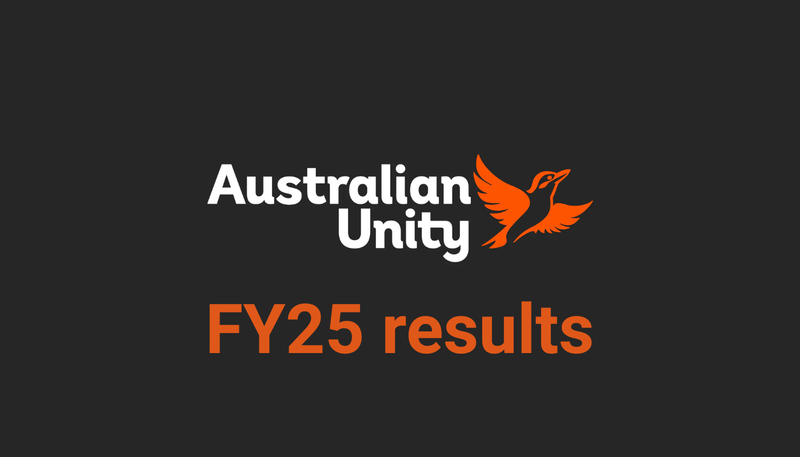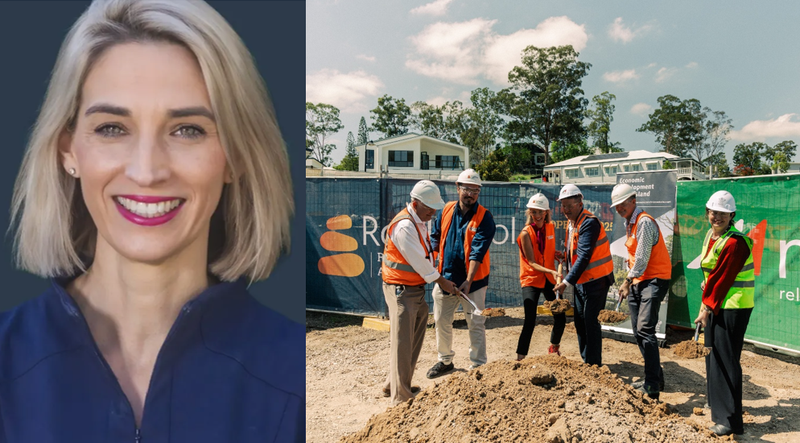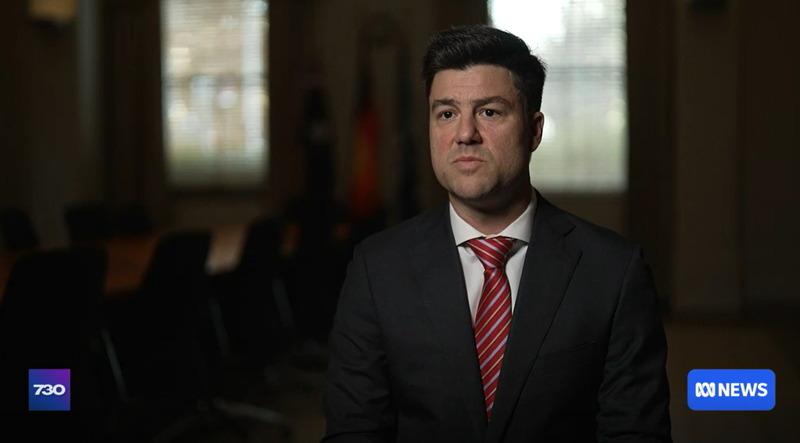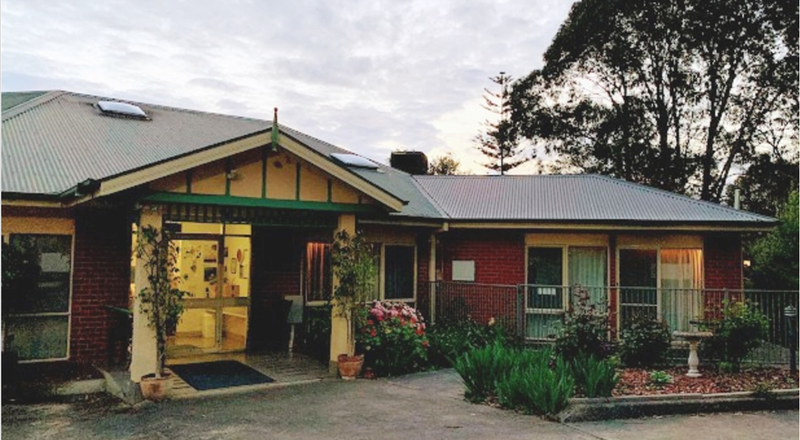Counsel Assisting recommends 24/7 RNs and mandatory minimum staffing for aged care – but what will be the cost?
You can read the full submission here
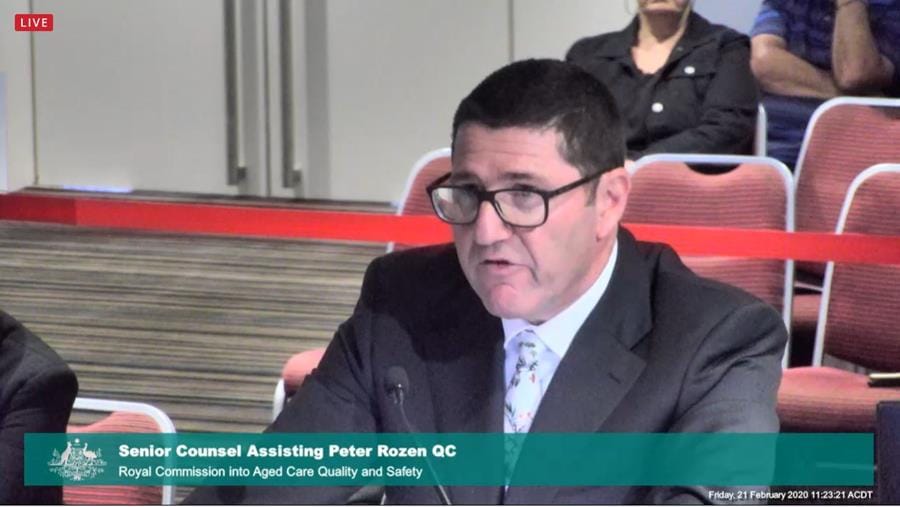
The average 100-bed facility will need a minimum of 50 staff to meet the mandatory minimum staffing requirements put forward by the Counsel Assisting team to the Commissioners at last Friday’s hearing. A recap. The Counsel Assisting’ first recommendation in its 160-page submission proposes: An approved provider of a residential aged care facility should be required by law to have a minimum ratio of care staff to residents working at all times. The ratio should be set at the level that is necessary to provide high quality and safe care to the residents in its facility and should be based on the following:
- It must be sufficient to achieve a 4-star rating under the current American CMS staffing star rating as adjusted for Australian conditions.
- Average case-mixed total care minutes of between 186 and 265 minutes per resident per day from a trained workforce comprising nurses (including registered and enrolled nurses), and personal care workers.
- A minimum of 30 minutes of registered nurse care time per resident per day.
- In addition, at least 22 minutes of allied health care per resident per day.
- That there is a registered nurse (RN) present on each shift and available to direct or provide care subject to limited exceptions.
Expansion of RN workforce in aged care required
Let’s say you have a 100-bed facility where staff work 7.5-hour shifts. 30 minutes of RN time per day for 100 residents equals 50 hours a day. Assuming most RNs work between 7am and 5pm, that’s five RNs on duty a day plus one RN for the overnight shift. Taking a big picture view, that’s one RN for every 16.6 aged care residents in Australia. With 200,000 people in residential care across the country, that’s 12,050 RNs needed to provide care to them. According to the most recent National Aged Care Workforce Census and Survey from 2016 (it is only conducted every four years), there were around FTE 14,500 RNs working in residential care (making up 14.9% of the residential care workforce).
Sounds like we are right on target – but the survey also showed that all geographical regions reported skills shortages for RNs ranging from 33% in major cities to almost 60% in very remote Australia (pictured above) with almost 70% employed part-time. So, there is still a need to increase the supply of RNs in residential care in all areas – difficult when providers must compete with the hospital and disability sectors which pay more.
Between four and five allied health staff needed a day
The allied health requirement presents another dilemma. 22 minutes of allied health time for 100 residents per day equals 37 hours per day. Given most allied health professionals work between 9am to 5pm – eight hours a day – facilities would need 4.5 allied health staff on the job every day to meet the criteria. In the same 2016 survey, allied health professionals only made up 4% of the residential care workforce – around 4,000 staff – well short of what is needed under the requirements.
50 staff for 100 residents every day
The total 186 to 265 minutes of care prescribed by the recommendation falls closer to reality. According to StewartBrown’s latest aged care financial performance survey for the quarter ending September 2019, the average facility provided 3.26 total care hours – not much lower than the median prescribed under the Counsel Assisting’s recommendation (226 minutes of care per day or 3.76 hours per day). That equates to 376.6 hours per day for 100 residents. Put the average shift is 7.5 hours and that is 50 staff on the floor. However, this is care staff only – not cooks, cleaners and administration staff. This also doesn’t account for the skeleton staff that generally fill night shifts.
Rural and remote providers not exempt from requirements
Rural and remote providers would not be exempt either, except in “limited exceptions”.
“Australia cannot have two aged care systems,” Mr Rozen had argued. “If one accepts that adequate staffing is vital to ensure that care recipients receive high quality and safe aged care, that must hold true whether the care recipients are in suburban Sydney or remote Western Australia.”
But as the graph above shows, there is a difference. Let’s not forget too – this is the bare minimum requirement. The evidence from the US witness University of California Professor of Nursing Charlene Harrington – an RN who was behind California’s mandating of minimum staffing requirements in 1999 (but has only worked as an academic) – made it clear that these requirements must increase with resident acuity. So theoretically most facilities would need to be staffed even higher based on the Royal Commission’s proposed redesign of the aged care system which has only those with the highest needs in residential care. Providers would be kept to account too. The second recommendation from Counsel Assisting was that providers must provide the Department with quarterly staffing levels for registered and enrolled nurses, allied health and other care staff by shift in residential care.
Commissioner Pagone says individuals – not facilities – should be penalised for poor care
The discussions at the hearing also suggest failure to meet these requirements would fall on CEOs and boards. Commissioner Tony Pagone (pictured above left) dismissed Professor Harrington’s argument that For Profit operators deliver worse care – and Not For Profits should be given more funding to expand.
“I can think of lots of examples where the opposite would happen, not necessarily in the aged care sector but where government subsidises or funds an activity and then the result is to drive down the private sector delivery rather than increase it,” he said.
Instead, the Commissioner suggested senior management should be penalised when operators fail to meet standards.
“It would seem to me to make more sense the fines or sanctions to be imposed on somebody who is likely to feel the effect without the effect then being off-loaded on to the elderly or the residents,” he concluded.
A viable solution?
Either way, you must ask two questions: is this recommendation viable in the short-term? And is it sustainable in the medium-term? The answer to both is no. The argument from the Senior Counsel was that 15.8% of Australian aged care residents are in homes staffed to meet a 4-star rating under the CMS system – the implication being that if some can achieve the rating, why not others? But the US star ratings system has already been proven to have its faults. As we have already covered, research has found significant under-reporting of the falls data reported on the website compared to the actual health claims for falls – suggesting its data used to determine its ratings may not be accurate. Providers can’t get the money or the staff now to care for residents. Even the Chair of the Aged Care Financing Authority (ACFA) Mike Callaghan says the sector is financially unviable. More funding and increases in the workforce are unlikely to eventuate in the near-future.
Royal Commission calls for leadership in sector
You must also ask who will be driving these changes. One of the points in the submission (skipped over by the Senior Counsel because of time constraints) was that there is some commitment in the sector towards reform but this has yet to be harnessed.
“It is clearly vital that all approved providers develop or build on strong and healthy leadership practices at all levels within their organisations. It should not take recommendations from the Royal Commissioners for this to occur,” the submission reads.
But evidence to the Royal Commission has also suggested many in the sector are tired. As previously discussed in The Daily COMMISSION, back-of-envelope calculations tell us there will be an exodus of CEOs from the 800-plus RAC operators in the sector – up to 60% – within three to five years. Aged care does not have the capacity to pay for high-level executives – with little time given over in the Royal Commission so far as to how the ‘talent pool’ can be expanded. Any changes to the system will be a five-year journey however – meaning it will likely fall to the next generation to implement any reforms. What will they make of these numbers? You can read the full submission here.


